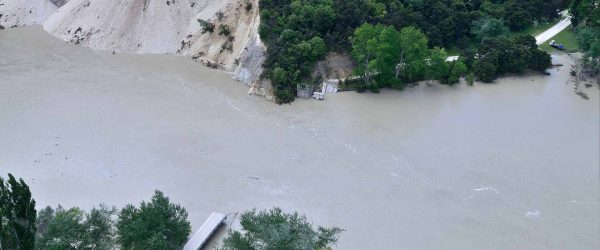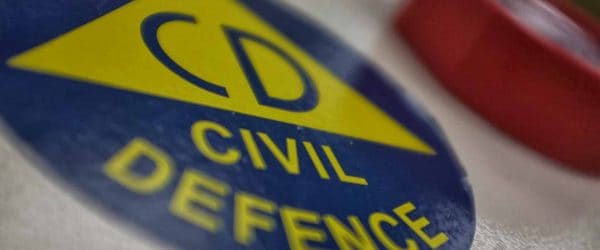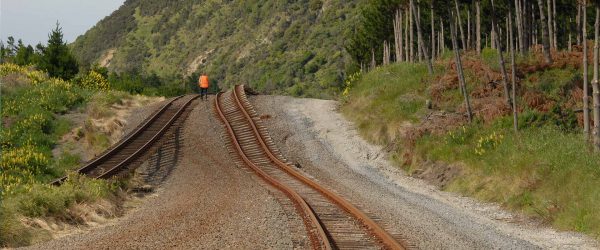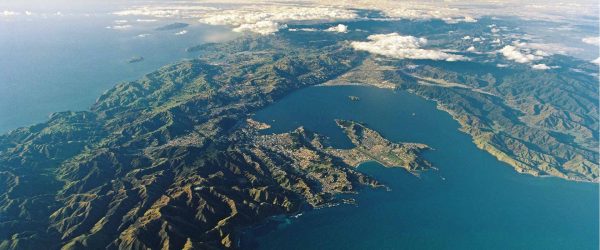Probabilistic Tsunami Model
Vision
Tsunami hazard and risk researchers have access to reliable models developed using synthetic earthquakes in offshore Aotearoa New Zealand and the Tonga-Kermadec region.
Project description
Local and regional-sourced tsunami pose a significant risk for coastal Aotearoa New Zealand, particularly along our east coast. Previous attempts to predict the likelihood and impact of dangerous and destructive tsunami have been hampered by the limitations of earlier seismic models, and the lack of a comprehensive record of historical tsunami.
We aim to address this knowledge gap by using the synthetic earthquake catalogue developed in the Fault Model Construction project to develop a probabilistic tsunami wave-height hazard model for local earthquakes and those occurring along the Tonga-Kermadec subduction zone. We will model seafloor displacements and tsunami wave heights at the coast for thousands of synthetic earthquakes in the catalogue. We will also calculate inundation depths and currents at a case-study site for events in the synthetic catalogue.
Our goal is to help Aotearoa New Zealand become more resilient to tsunami hazards by providing a detailed understanding of how local and regional-sourced tsunami are likely to affect our coastal communities and infrastructure.
Resource Outputs from this project
A review of approaches for submarine landslide-tsunami hazard identification and assessment
J.H.M. Roger, S.Bull, S.J. Watson, C. Mueller, J.I.T. Hillman, A.Wolter, G. Lamarche, W.Power, E. Lane, S.Woelz, S.Davidson 2024 A review of approaches for submarine landslide-tsunami…
Probabilistic Assessment of Tsunami Hazards in New Zealand.
An alternative approach to the estimation of tsunami hazard from local tsunami sources based on generating synthetic catalogues using a physics-based earthquake simulator.
A New Approach to Near-Field Probabilistic Tsunami Hazard Analysis in New Zealand, using a Physics-Based Synthetic Earthquake Catalogue.
World first near-source tsunami modelling based on a physics-based synthetic earthquake catalog to predict credible tsunami wave heights around the coast of Aotearoa New Zealand.
A Novel Method to Determine Probabilistic Tsunami Hazard using a Physics-based Synthetic Earthquake Catalog: a New Zealand Case Study
For the first time, this study uses a physics-based synthetic earthquake catalogue to assess probabilistic tsunami hazard in a local region.
Introduction to the Kaikōura earthquake special issue
This special issue presents a collection of 12 papers on the 2016 Mw 7.8 Kaikōura Earthquake.
Next Generation Earthquake & Tsunami Hazard and Response
Researchers have used earthquake cycle simulators to overcome many of the challenges posed by limited modern observations of large earthquakes.




